Knowing what type of acne scars you have will be key to figuring out the best way to treat them.
Acne scars can either be raised, indented or depressed scars. The depressed scars are the most common type of acne scarring that results from inflammatory acne.
Below we'll explain the different types of acne scars with photo examples and how to treat each acne scar type.
Types Of Acne Scars
@banishacnescars how to determine different types of acne scars. #acnescars #banishacnescars #skincare ♬ original sound - BANISH

1. Rolling scars
Rolling scars are broad acne scars in the skin that have rounded, sloping edges. When there are several of these types of acne scars in a region of skin gives it a rolling appearance, hence the name.
They are common for individuals who have had patches of skin that have been afflicted by inflammatory acne.
How To Treat Rolling Scars
Because rolling scars have rounded, sloping borders, many of the available scar treatments below can produce positive results.
- Laser resurfacing (ablative and non-ablative)
- intense pulsed light (IPL),
- chemical peels
- microneedling
- micro-dermabrasion
- Subcision
Red light therapy can produce improvements in the appearance of rolling scars.
If you want something affordable at home, you can try microneedling with a 0.5mm stamping tool.
Banish sells good quality microneedling kits for home use designed for acne scars.
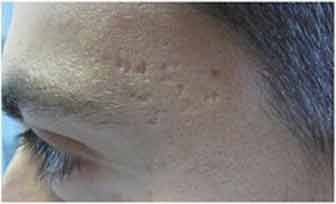
2. Boxcar scars
Boxcar scars are a type of acne scar with broad depressions, but have steep and sharp defined edges.
Because boxcar scars have more clearly defined and steeper edges than rolling scars, it is more difficult to treat them and blend them into the surrounding skin.
How To Treat Boxcar Scars:
Boxcar scars often cover smaller areas than rolling scars and are better candidates for cosmetic fillers. Treatments for boxcar scars include:
- Microneedling
- Dermal Fillers
- Chemical peels
- Surgical Subcisions
- Punch out excisions
Shallow boxcar scars can be treated with chemical peels and/or micro-dermabrasion too, but these treatments are not very effective for deeper boxcar scars.
Surgical options include punch- out excisions, microneedling and surgical subcisions.
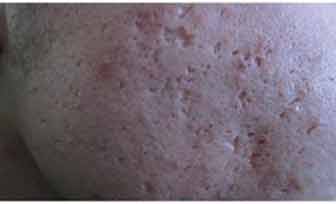
3. Icepick scars
Ice pick scars are small, narrow, and deep, and sometimes can be mistaken for enlarged pores. They’re one of the hardest type to treat due to how deep they are.
How To Treat Ice Pick Scars:
Icepick scars are often quite deep, making them very difficult to treat with standard resurfacing techniques and require more aggressive treatments.
Best treatments for ice pick scars include:
- Punch Excision
- Punch Grafting
Chemical peels, micro-dermabrasion and many types of laser resurfacing are unlikely to have a significant impact on icepick scars, but best to consult with a dermatologist experienced in treating ice pick scars.
Because ice pick scars are quite narrow, punch-out excisions are a popular, mildly invasive and effective treatment technique. Microneedling may not have a large impact on them either, but can be a good way to maintain results in between in office treatments.
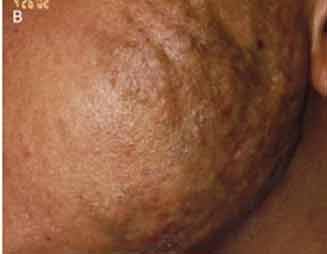
4. Hypertrophic or Keloid Scars
Raised acne scars are called hypertrophic or keloid scars.
Raised scars present a different problem than depressed acne scars. Hypertrophic scars form when excess scar tissue forms at the site of the injury, which presents as a raised region of firm scar tissue.
When the scar tissue forms excessively, that scar tissue that is known as a keloid.
Hypertrophic and keloid scars are usually not commonly formed from acne.
How To Treat Hypertrophic Scars
Because hypertrophic and keloid scars are raised and usually due to excess of collagen, they will need treatments that do the opposite so you'd want to reduce collagen.
Common treatments include
- Silicone sheets
- Pressure Dressings
- Surgical removal
Silicone sheets and pressure treatments work better on newer hypertrophic scars. The goal of those treatments is to regulate collagen production and flatten the scar.
Are Dark Spots A Scar?
The next two type of skin conditions aren't a true scar since they don't contain scar tissue. Rather they're skin discolorations after acne.
This discoloration post acne can fade away on its own over time, however it can take a very long time to fade or even darken more if you're not following the proper skin regimen.

Hyperpigmentation ( Dark Spots )
Hyperpigmentation is a condition where elevated levels of the pigment melanin gather in the skin.
The concentration of excess pigment is what causes the purplish, brownish darkened spots of skin. Hyperpigmentation is very common in people with darker skin tones, but anyone can have hyperpigmenation.
How To Fade Hyperpigmentation
- Microneedling
- Vitamin C
- Azeliac Acid
- Retinol
- Sunscreen
- Niacinimide
- Laser
Using skincare containing Vitamin C, Retinol and microneedling can reduce hyperpigmentation.
Sunscreen is also important since UV exposure can darken hyperpigmentation and a lot of skincare and cosmetic products lose effectiveness when exposed to the sun.
Hyperpigmentation is often treated in office too with laser treatments that target melanin, such as KTP and pulsed dye lasers, and intense pulsed light (IPL) therapy.
Prescription medications like hydroquinolone can also lighten hyperpigmentation.
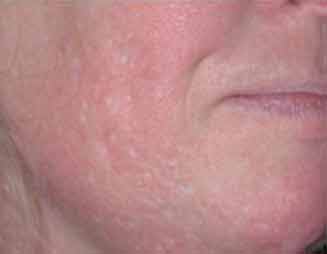
Hypo-pigmentation
Hypo-pigmentation occurs when melanocytes are depleted from the injury site or lose their ability to produce melanin. This is often the case in areas of skin that have been replaced with scar tissue, which tends to have a light, pinkish appearance. It can also occur in otherwise healthy looking regions of skin.
How To Treat Hypo-pigmentation:
Generally, this condition is more noticeable in those individuals with darker base skin tones. Vitiligo is a condition in which melanocytes lose the ability to produce melanin. There are not many effective treatments available for hypo-pigmentation.

Erythema
Erythema is a condition in which small capillaries near the surface of the skin become damaged or permanently dilated and erythema look like red marks. Occasionally, individual capillaries are visible.
It is common in acne patients with lighter skin tones.
How To Treat Erythema: Erythema may be treated with topical prescription medications to decrease vasodilation, but the results are usually temporary. Erythema generally responds well to laser and light-based treatments that selectively target hemoglobin, such as argon and pulsed dye lasers. T
Topicals like vitamin c can also reduce the red marks from Erythema
Knowing the different types of scars is indeed helpful. From there, you will be able to identify which type of treatment would work for your types of acne scars.
References
Desai SR. Hyperpigmentation therapy: a review. J Clin Aesthet Dermatol. 2014 Aug;7(8):13-7. PMID: 25161755; PMCID: PMC4142815.
Connolly D, Vu HL, Mariwalla K, Saedi N. Acne Scarring-Pathogenesis, Evaluation, and Treatment Options. J Clin Aesthet Dermatol. 2017 Sep;10(9):12-23. Epub 2017 Sep 1. PMID: 29344322; PMCID: PMC5749614.
Chilicka K, Rusztowicz M, Szyguła R, Nowicka D. Methods for the Improvement of Acne Scars Used in Dermatology and Cosmetology: A Review. J Clin Med. 2022 May 12;11(10):2744. doi: 10.3390/jcm11102744. PMID: 35628870; PMCID: PMC9147527.
------------------------------------------------------------------------------
Guest Blog By:
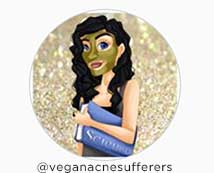
I first got acne in high school, and it came back in my early adulthood. I was able to struggle through those difficult times and come out of it a stronger, wiser, healthier person as a result. I'm here to help you do the same thing!
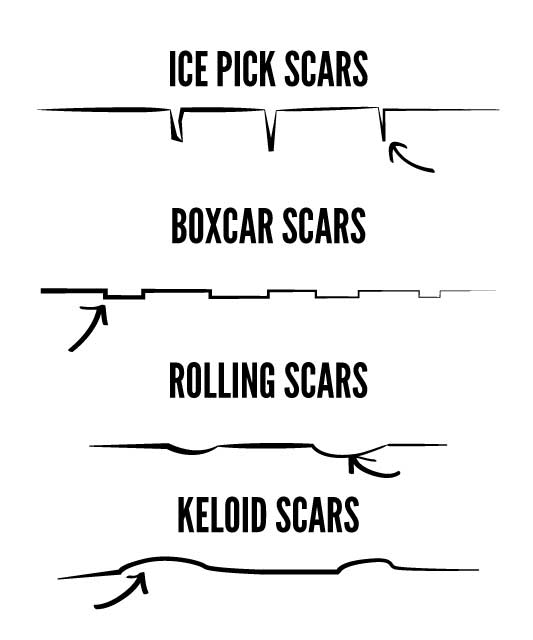








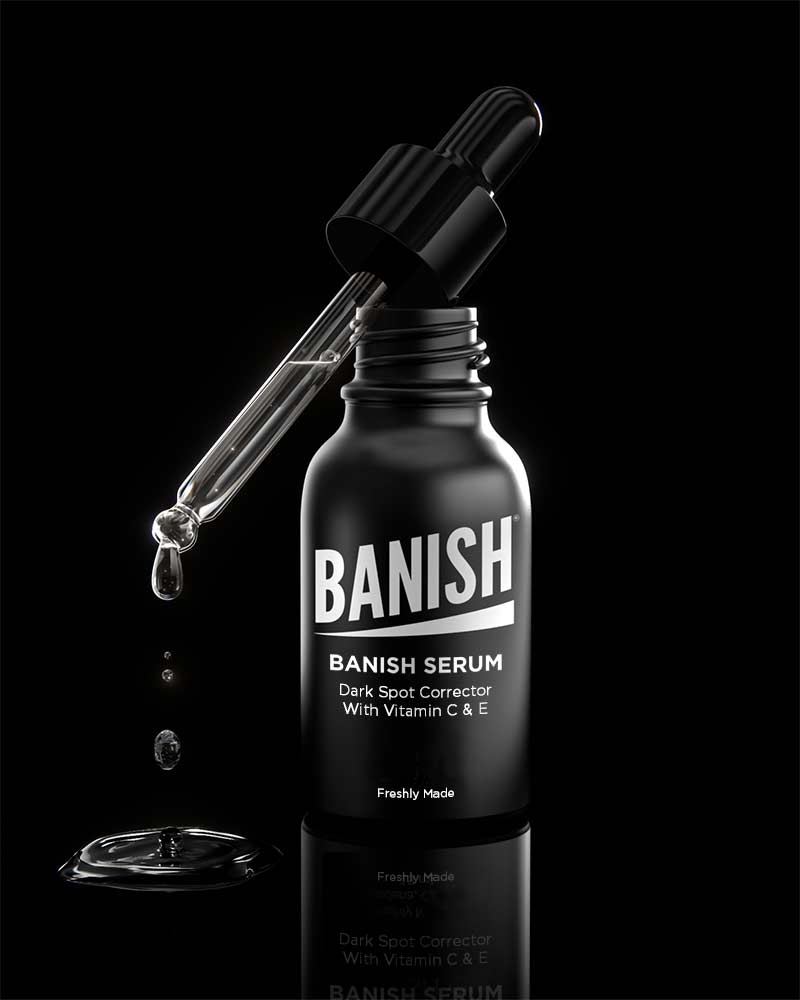


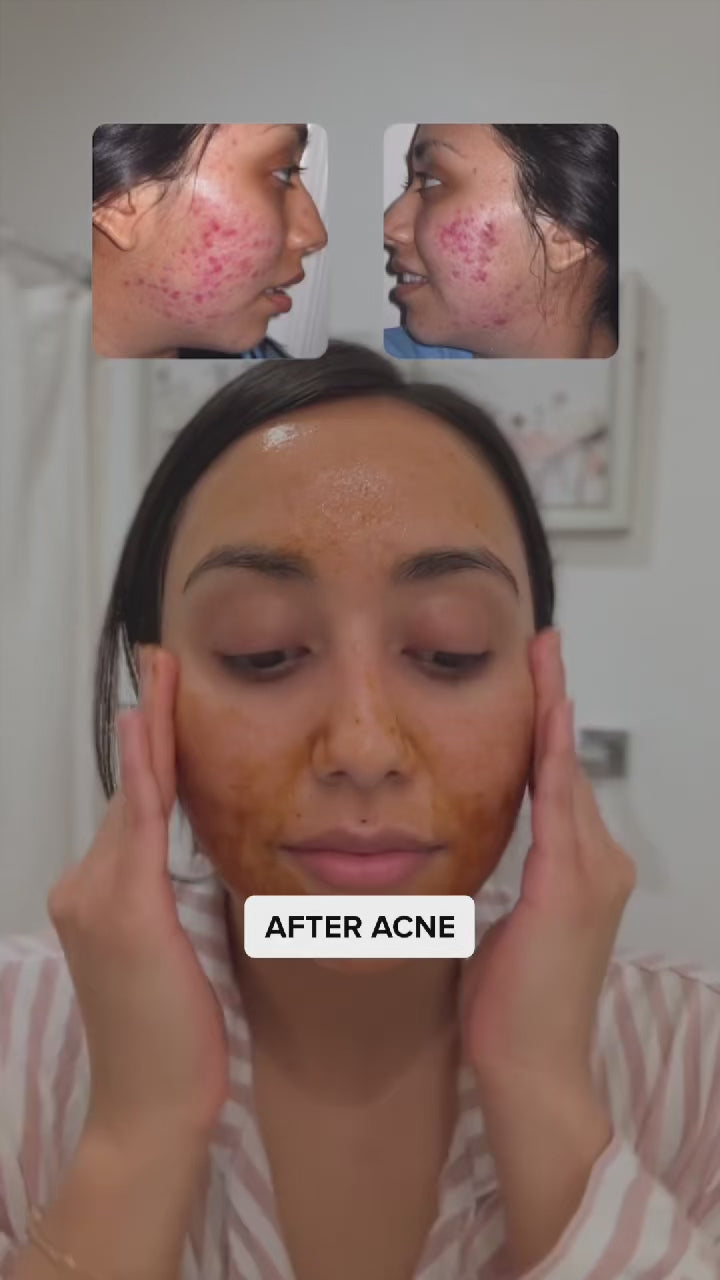

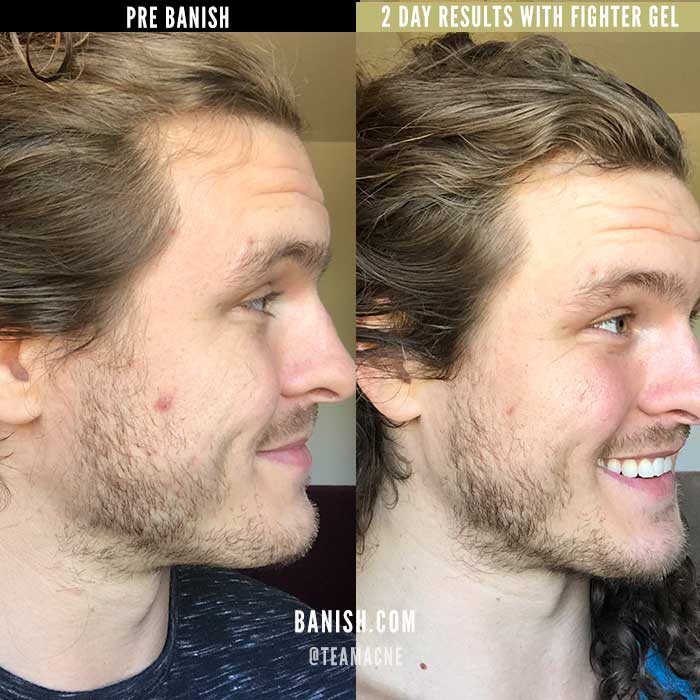
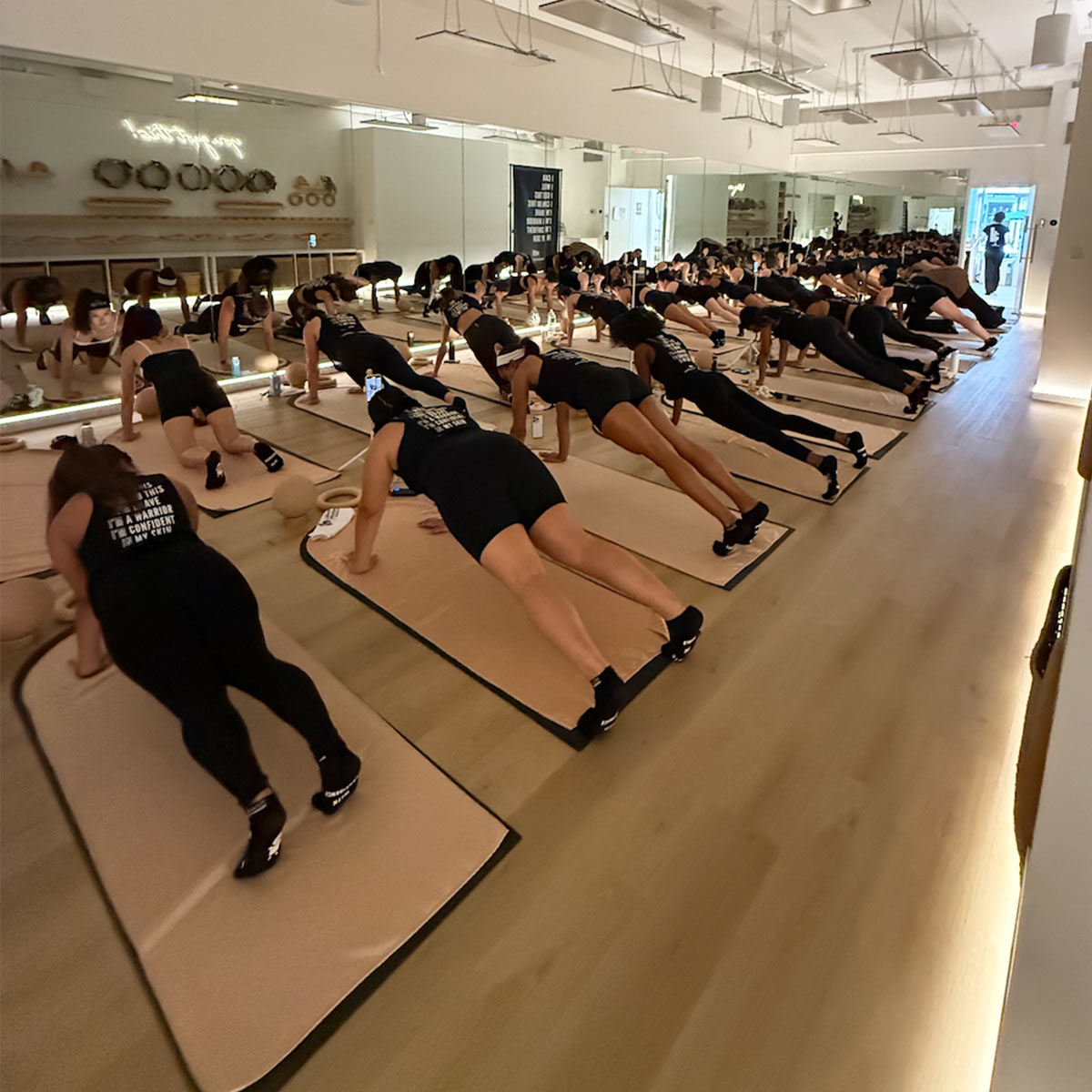

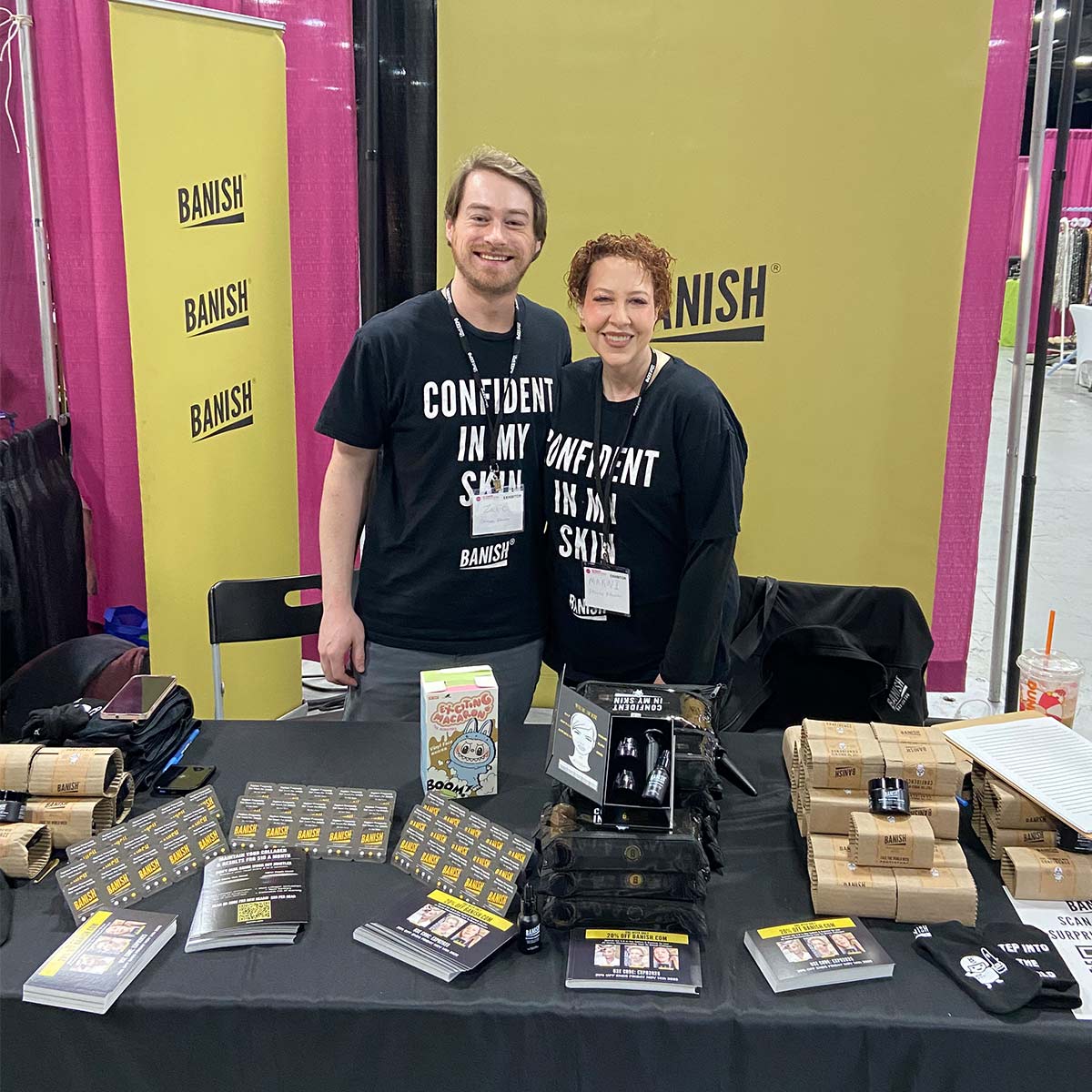

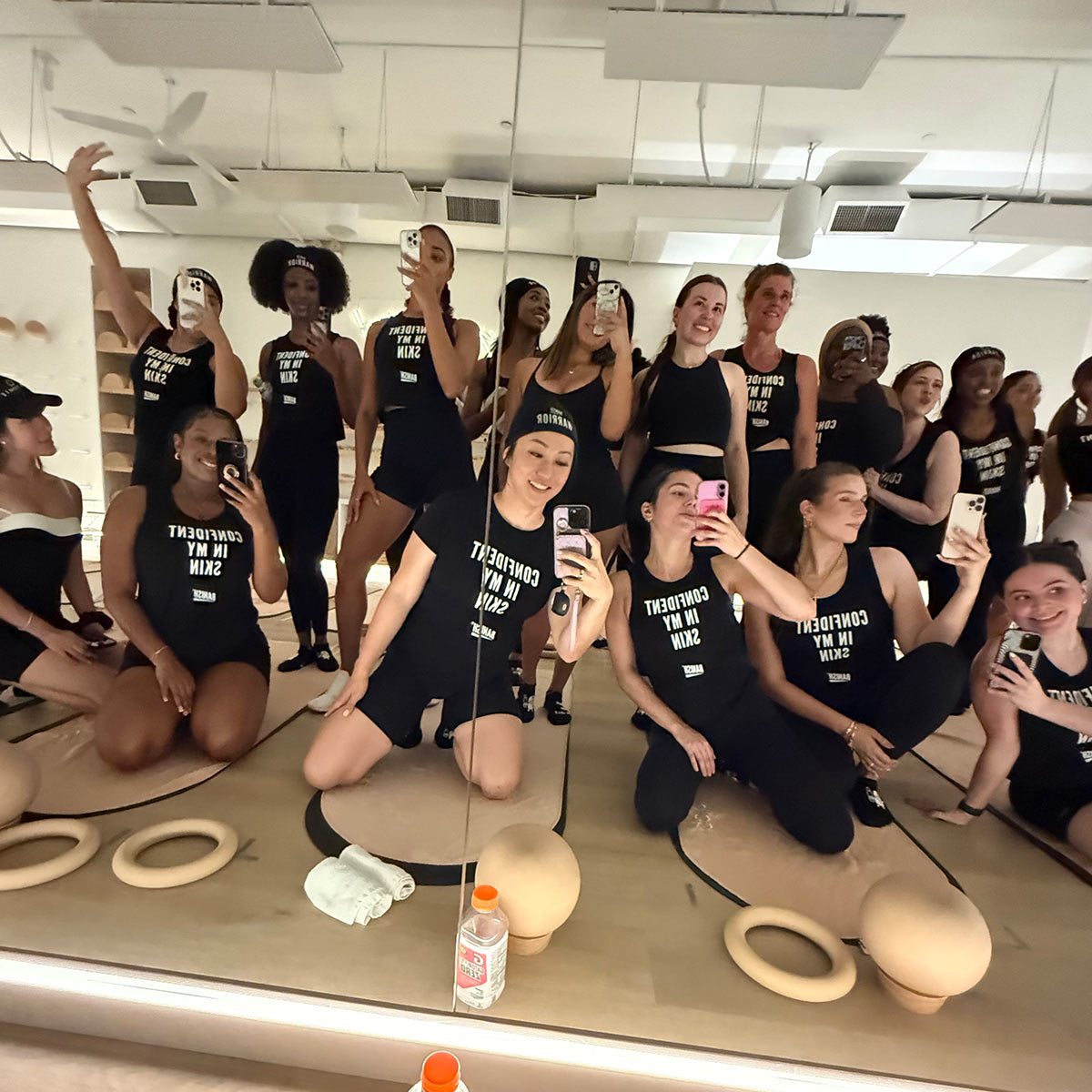

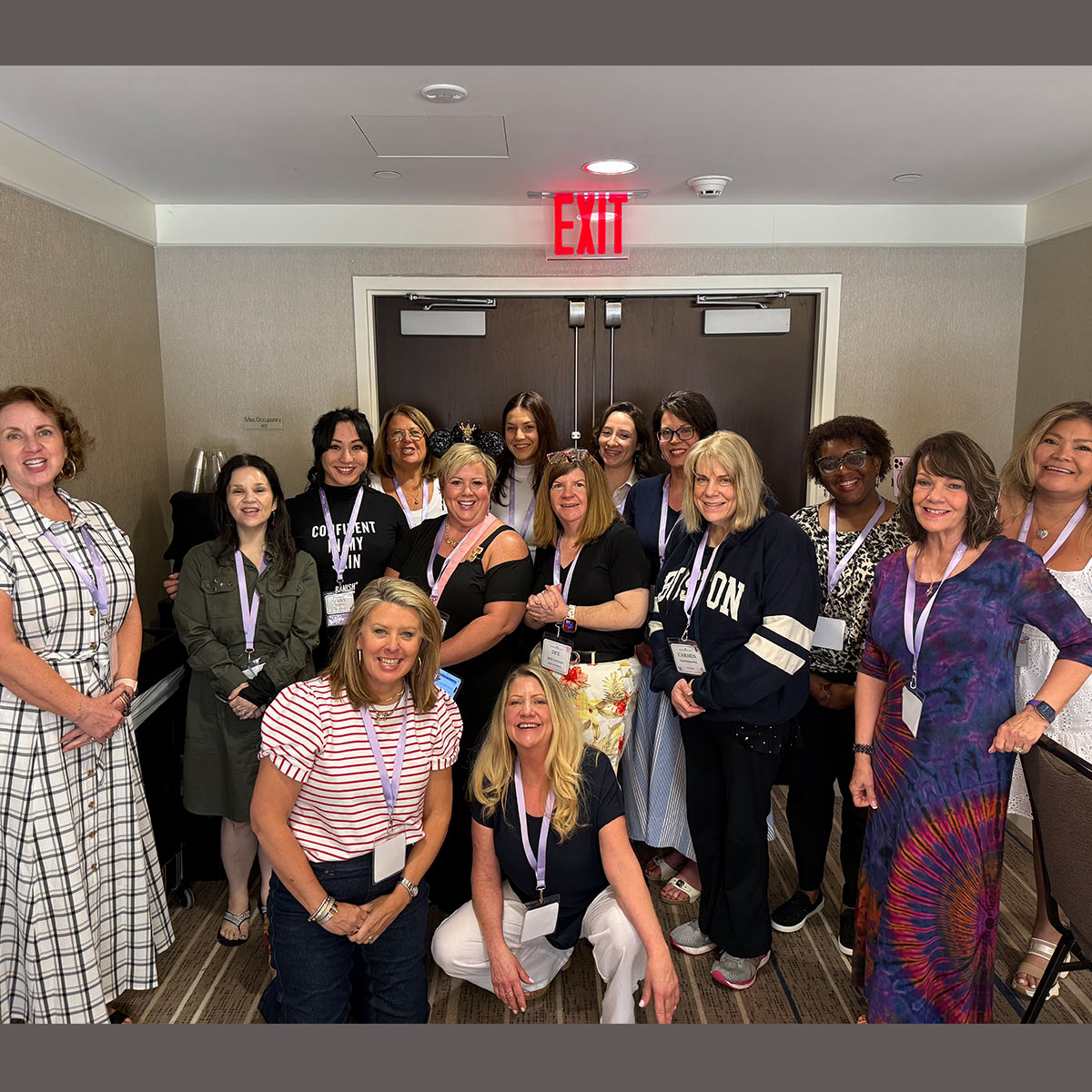


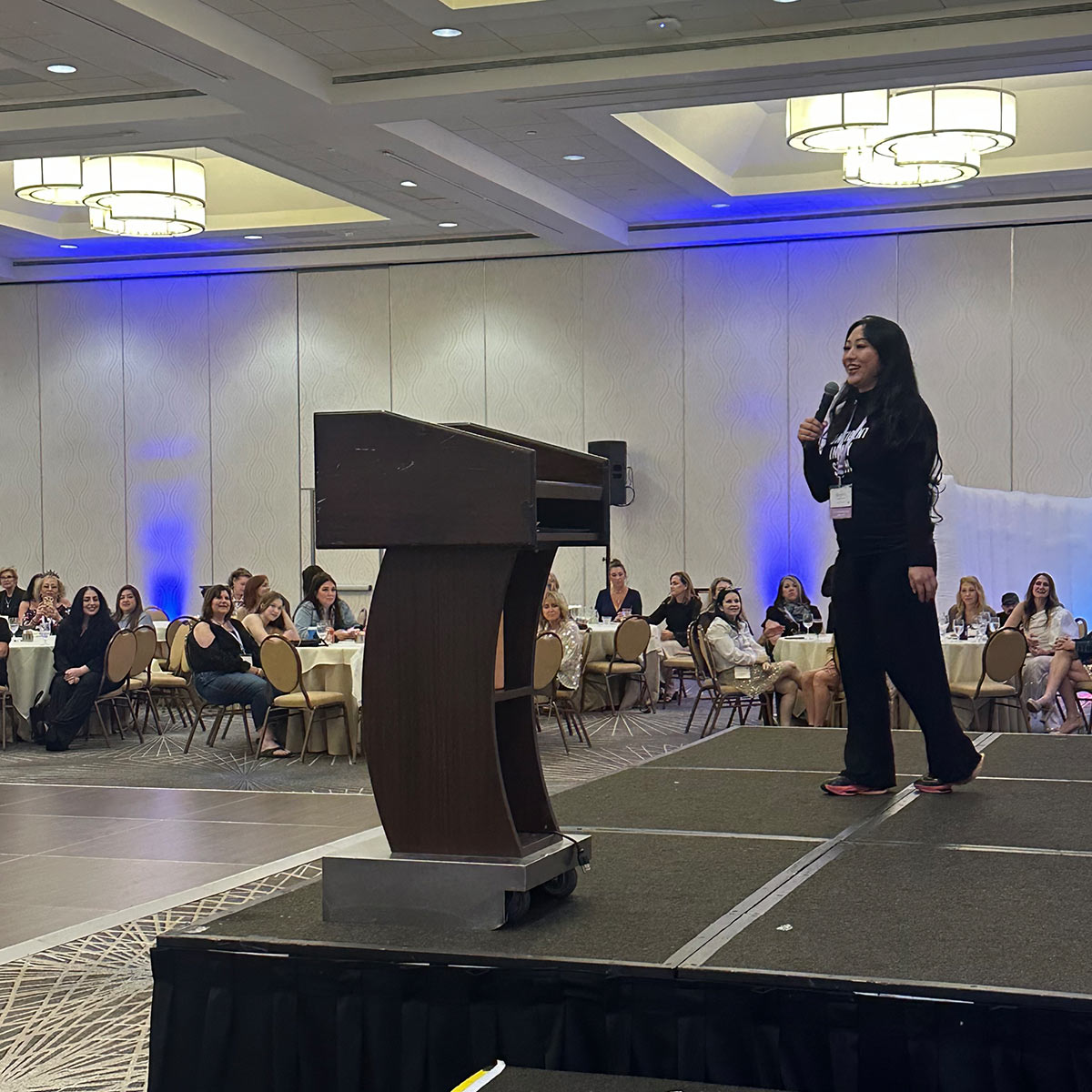
1 comment
Charles Manson oluwadamilare
Great
Leave a comment
All comments are moderated before being published.
This site is protected by hCaptcha and the hCaptcha Privacy Policy and Terms of Service apply.